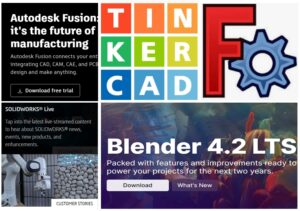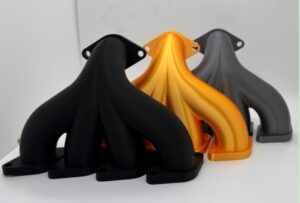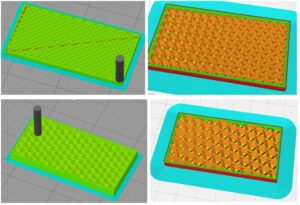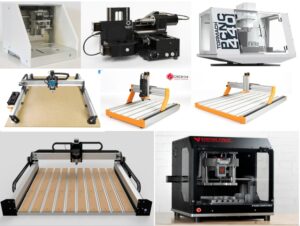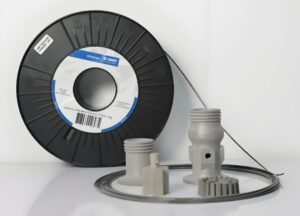How do you color anodized aluminum?
There are four ways to color anodized aluminum:- Dye: The freshly anodized part is immersed in a liquid solution that contains dissolved dye. The porous anodic coating absorbs the dye. The intensity of color is related to the thickness of the anodic film, the dye concentration, immersion time, and temperature, among other things.
- Electrolytic Coloring : This method involves the immersion of the aluminum parts in a solution containing some metallic salts. On filling the pore, they provide a coating strong enough to resist UV rays. However, there is a limitation on the number of anodizing colors you can use, with bronze or black color being the most common.
- Integral Coloring: This so-called one-step process combines anodizing and coloring to simultaneously form and color the oxide cell wall in bronze and black shades, while more abrasion resistant than conventional anodizing.
- Interference Coloring: An additional coloring procedure, recently introduced, involves modification of the pore structure produced in sulfuric acid. Pore enlargement occurs at the base of the pore. Metal deposition at this location produces light-fast colors ranging from blue, green and yellow to red. The colors are caused by optical-interference effects, rather than by light scattering as with the basic electrolytic coloring process.
Anodizing color VS Painting color
When deciding on an anodized or painted finishes there are a few things to consider. One thing to factor is color choice. Anodizing has very limited color options. Painting has a clear advantage over anodizing as there is limited color availability (clear, champagne, light bronze, medium bronze, dark bronze, and black). Paint has an almost unlimited color pallet and with few exceptions, you can match almost any color.
Anodizing is also very difficult to maintain color consistency, otherwise known as the checker boarding effect. To properly anodize material with consistency you need proper equipment and expertise and even that is no guarantee. For example, different lots of aluminum can anodize in different shades. The checker boarding effect is visible when the final product is installed on the job site.These different shades are clearly visible from ground level. Overall, paint is much easier to maintain color consistency. With the wide variety of color options paint allows you to differentiate your project from others by creating your own signature look.
Painted and anodized products have their distinct advantages and disadvantages. When trying to determine what application fits your job the best please contact IN3DTEC and we will help you through the process to get the best finish possible. |
|



